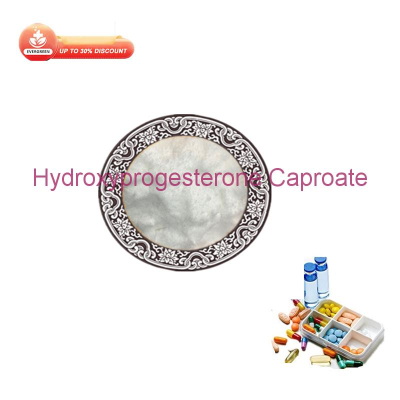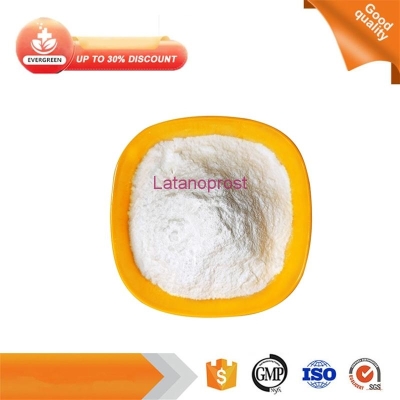-
Categories
-
Pharmaceutical Intermediates
-
Active Pharmaceutical Ingredients
-
Food Additives
- Industrial Coatings
- Agrochemicals
- Dyes and Pigments
- Surfactant
- Flavors and Fragrances
- Chemical Reagents
- Catalyst and Auxiliary
- Natural Products
- Inorganic Chemistry
-
Organic Chemistry
-
Biochemical Engineering
- Analytical Chemistry
- Cosmetic Ingredient
-
Pharmaceutical Intermediates
Promotion
ECHEMI Mall
Wholesale
Weekly Price
Exhibition
News
-
Trade Service
In recent years, the prevalence of diabetes has been rising sharply, and it has become the ninth leading cause of death threatening human health
.
Although metformin and glucocorticoids have good curative effects, their application is often limited due to some adverse reactions
Diabetes berberine (BBR) is such a natural medicine.
1.
Overview of the pharmacokinetics of BBR
Overview of the pharmacokinetics of BBR
(1) Absorption: BBR has a good therapeutic effect on various diseases, but its clinical application is limited to a certain extent because of its poor oral absorption and low bioavailability
.
In terms of clinical medication, although intravenous injection can increase the concentration of the drug in the blood, clinical trials have found that it can cause serious side effects (such as a drop in blood pressure and respiratory arrest)
(1) Absorption:
(2) Distribution: The pharmacokinetic characteristics show that the BBR level in most researched tissues is about 70 times higher than the level in plasma at 4 hours after administration
.
However, it remains relatively stable in tissues (for example, liver, muscle, brain, heart, and pancreas)
(2) Allocation: The BBR level in most research tissues is about 70 times higher than the level in plasma at 4 hours after administration
(3)
(4) Excretion: The excretion of BBR from high to low is feces>urine>bile
2.
Research on BBR Mechanism
Research on BBR Mechanism
Various methods of BBR treatment of diabetes (↑=increase or improve; ↓=reduce or inhibit):
Various methods of BBR treatment of diabetes (↑=increase or improve; ↓=reduce or inhibit):(1) Hypoglycemic drugs:
(1) Hypoglycemic drugs:The main ways and molecular mechanisms of BBR to lower blood sugar:
The main ways and molecular mechanisms of BBR to lower blood sugar:
Anti-hyperglycemic effects of BBR on diabetic animals or cells:
Anti-hyperglycemic effects of BBR on diabetic animals or cells:
(2) Anti-oxidant stress and anti-inflammatory response:
(2) Anti-oxidant stress and anti-inflammatory response:The mechanism of BBR's anti-oxidant and anti-inflammatory effects (↑=increase or improve; ↓=decrease or inhibit; blue rectangles represent related pathway mechanisms of inflammatory response; green rectangles represent pathway mechanisms related to oxidative stress; and orange represent inflammatory responses And oxidative stress related pathway mechanisms):
The mechanism of BBR's anti-oxidant and anti-inflammatory effects (↑=increase or improve; ↓=decrease or inhibit; blue rectangles represent related pathway mechanisms of inflammatory response; green rectangles represent pathway mechanisms related to oxidative stress; and orange represent inflammatory responses And oxidative stress related pathway mechanisms):The effect of BBR on oxidative stress and inflammation in diabetic animals or cells:
The effect of BBR on oxidative stress and inflammation in diabetic animals or cells:In addition, it can also regulate lipid metabolism disorders and regulate the intestinal microbiota
.
The NR of the intestinal flora is a key factor to promote the intestinal absorption of BBR
Regulating lipid metabolism disorders and regulating the intestinal microbiota and the NR of the intestinal flora are the key factors to promote the intestinal absorption of BBR
Hypoglycemic, anti-inflammatory, anti-oxidative stress, regulation of lipid metabolism and intestinal flora should pay more attention to the mechanism in the future.
Leave a message here







